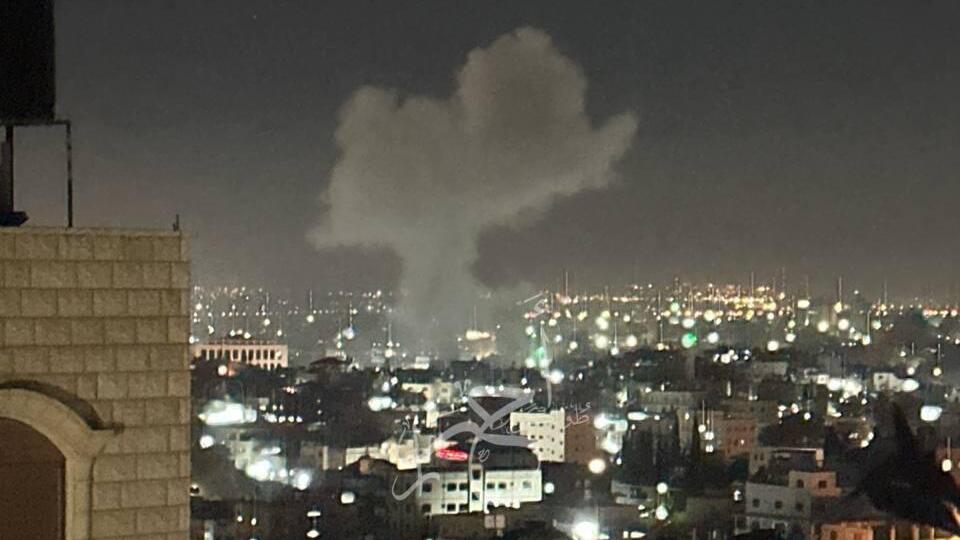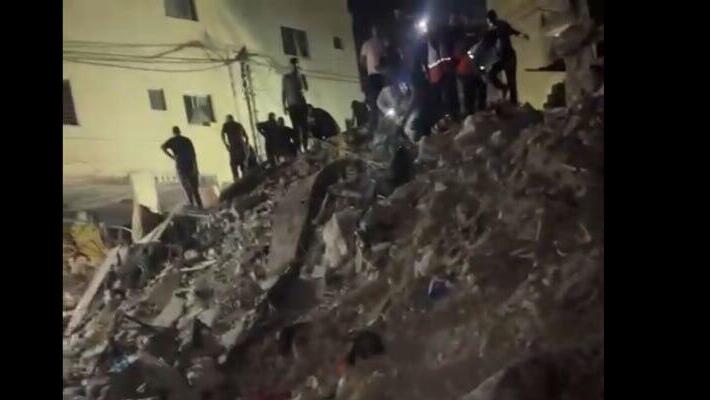The IDF carried an airstrike on Thursday targeting a house with terrorists in the West Bank city of Tulkarm. According to Palestinian reports, 16 people were killed in the attack, including Raed Radwan, the commander of the terror group in the Tulkarm refugee camp.
Palestinians claimed that shortly before the strike, a parade had been held for a member of the Al-Aqsa Martyrs' Brigades, who had been released from Israeli prison after 20 years. The event was attended by many armed individuals.
This is the first airstrike in Tulkarm by a fighter jet since the Second Intifada. Until now, in the few instances where the IDF has used airstrikes in the West Bank, they targeted Jenin and Nablus.
In August, the head of the terror group in the Nur Shams refugee camp, Mohammed Jaber (Abu Shujaa), was killed. He had been involved in multiple attacks, including the June attack in Qalqilya that killed Amnon Mukhtar, 67. Jaber commanded around 30 terrorists in the camp.
The scene of the strike
Security officials have noted a significant difference between the popularity of terrorists on social media, particularly those from refugee camps, and their relatively low level of local support. For terror groups, social media is a crucial tool for glorifying attackers and recruiting young followers.
The most recent IDF airstrike in Jenin was in May, targeting a terror operations center. Islam Khamaiseh, a wanted terrorist, was killed in that strike.
For years, since the end of Operation Defensive Shield, the IDF refrained from airstrikes in the West Bank. However, due to the surge in terror attacks last year — even before the current war — that policy has shifted, and aerial targeted killings in the area have resumed.
Get the Ynetnews app on your smartphone:





